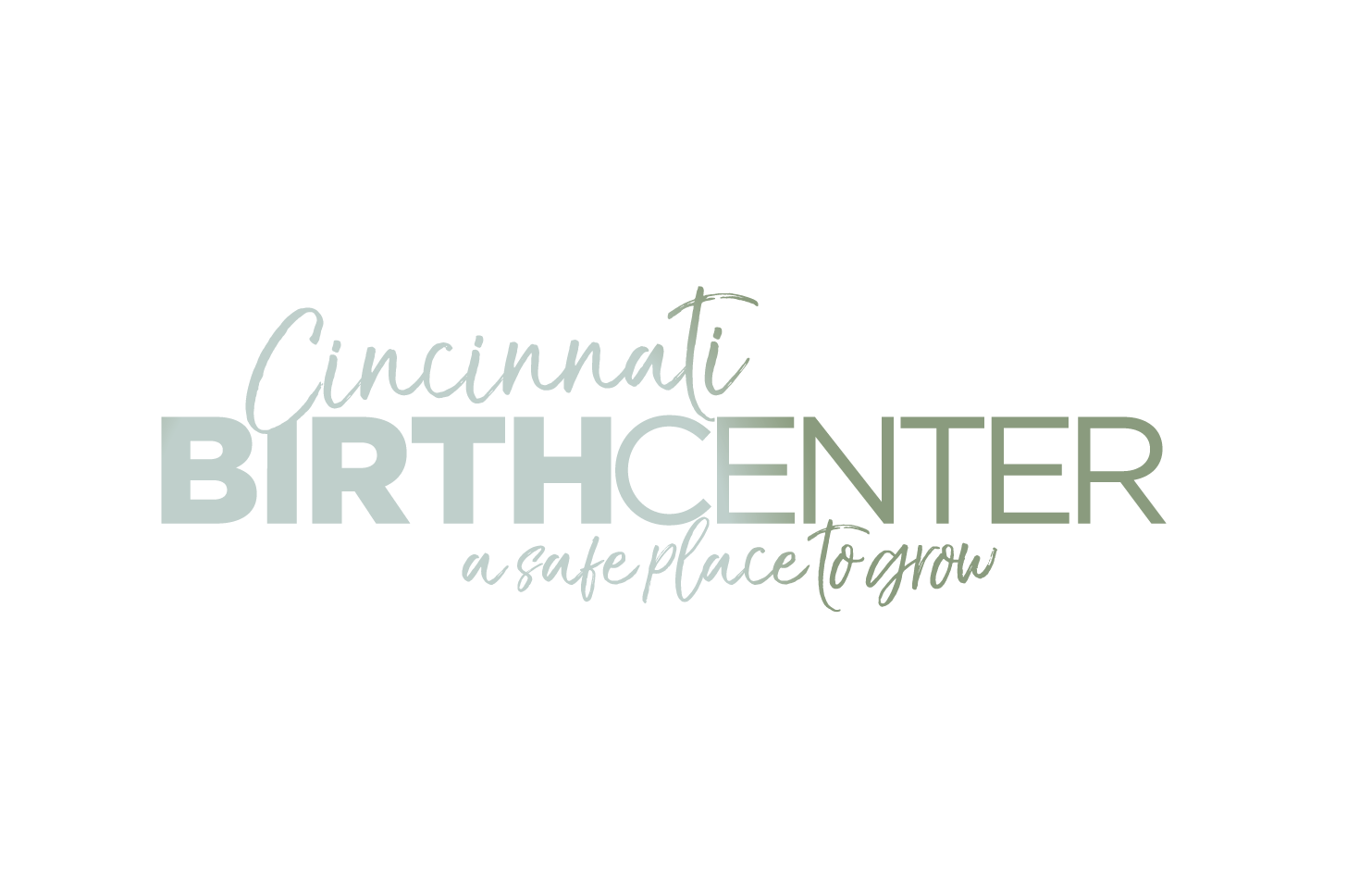Home Birth Safety - Myth vs. Reality
/If you have had or are considering a home birth, you’ve probably heard responses ranging from excitement to surprise to not-so-subtle judgment. You’ve probably also gotten a lot of questions about the safety and practicality of home birth.
Unfortunately, a lot of misinformation spreads around the topic of home birth - and misinformation provides a breeding ground for skepticism. Today, we’re going to debunk some of the top myths surrounding the safety of home birth.
Myth #1: Home births are riskier than hospital births
One of the most common myths about home births is that they are unsafe compared to hospital births. “What if you need a c-section?” or “What about hemorrhaging?” are common concerns people may have.
Research shows that home births of low-risk pregnancies attended by trained professionals are just as safe (if not more safe!) than hospital births.
In fact, according to a study published in the British Medical Journal, planned home births for low-risk women resulted in lower rates of interventions such as cesarean sections, epidurals, and episiotomies compared to hospital births, without compromising the safety of mothers or babies [1].
Myth #2: Home births are messy and unsanitary
It’s true, birth is a messy business. However, this doesn’t mean that you will need to tear out carpet or replace your mattress.
Your midwives carefully plan and organize births, using waterproof coverings and pads so that surfaces are kept spotless. After the birth, midwives and/or doulas typically handle the cleanup so that there are no signs that a birth just took place in the room.
As far as sanitation goes - the midwives bring professional, sterile equipment, and the risk of infection is actually much lower at home than in a hospital [2].
Myth #3: Home births don’t have professional medical support
Home birth is not the same as “free birth,” which is when the mother gives birth without any health professionals present. A home birth is attended by certified midwives who are highly trained professionals equipped with medical supplies and emergency protocols. Plus, midwives build relationships with expecting families, offering personalized care throughout pregnancy, labor, and the postpartum period.
With the Cincinnati Birth Center, you can be confident that our midwives and assistants are experts in their field and will take care of you every step of the way.
Myth #4: Emergencies cannot be managed at home
In the last few decades, the philosophy behind birth has evolved from being thought of as a natural process into being considered a medical concern that “requires” hospital interventions. While emergencies do happen, and hospitals certainly are needed for some of these, not every emergency requires a location transfer.
Certified midwives are trained to recognize signs of complications and are equipped to handle many emergencies. They carry emergency medical supplies and constantly monitor both mother and baby. If a situation arises that must be addressed at a hospital, a transfer can quickly and easily take place. Otherwise, any other issues can likely be handled at home.
Myth #5: There are no pain relief options
When people think of birth pain management, their minds often jump straight to epidurals. Of course, epidurals are not an option at home, so many assume that having a home birth means having no pain relief options, making it intolerable for birthing mothers.
The truth is, there are many other natural pain management techniques that can be extremely effective without the side effects. These may include massage, water immersion, breathing exercises, and different positions to help labor progress. Some families choose to use alternative therapies such as acupuncture or hypnosis.
Myth #6: Home births are only for hippies
Another misconception is that home births are only for alternative lifestyles or for those with extreme birth ideologies.
In reality, home birth is an amazing choice for anyone who simply wants a more intimate and personalized birth experience - it doesn’t necessarily have anything to do with lifestyle or beliefs. When choosing natural home birth, families get to have more control over their birth environment, reduce medical interventions, and make their own laboring choices.




